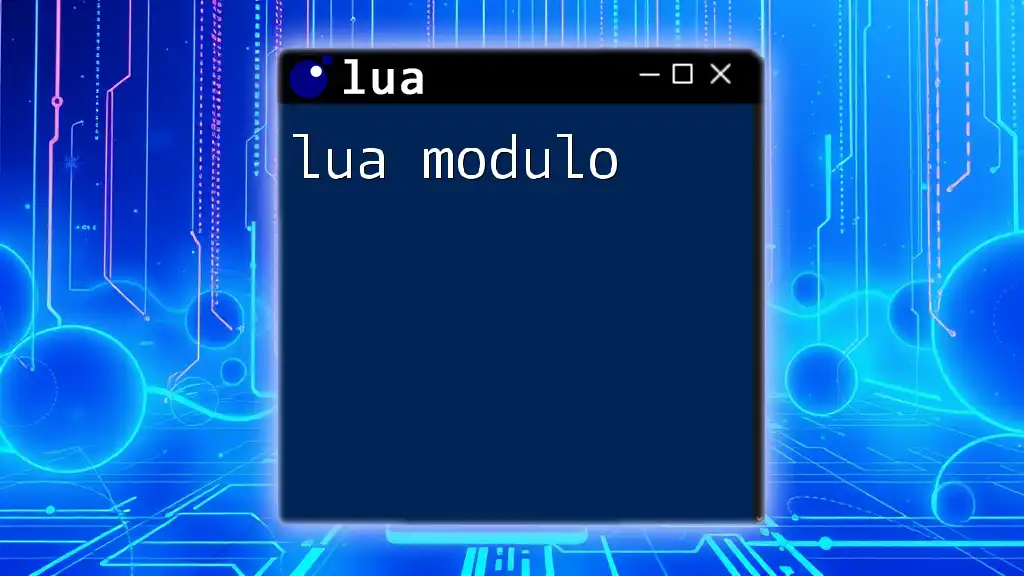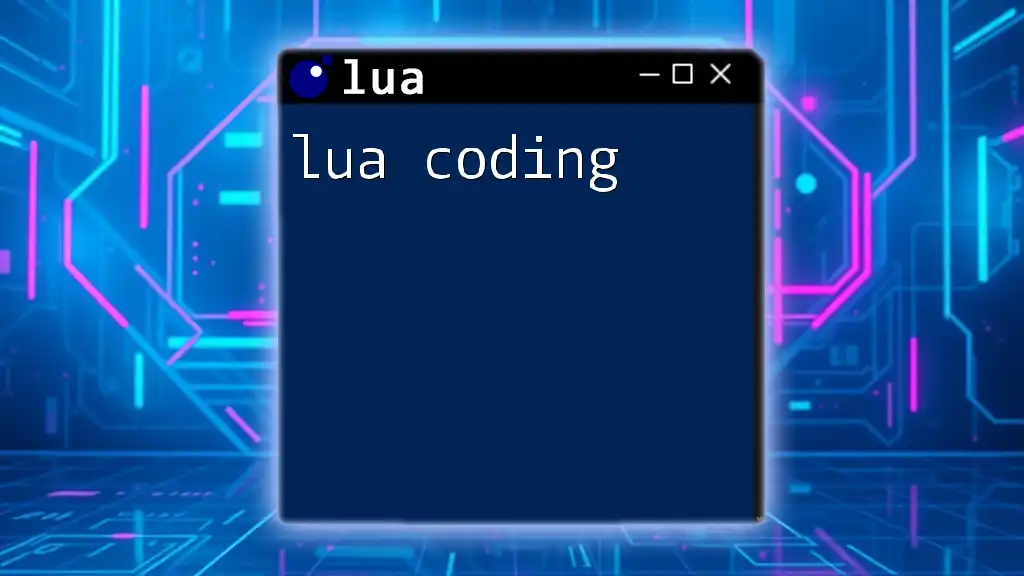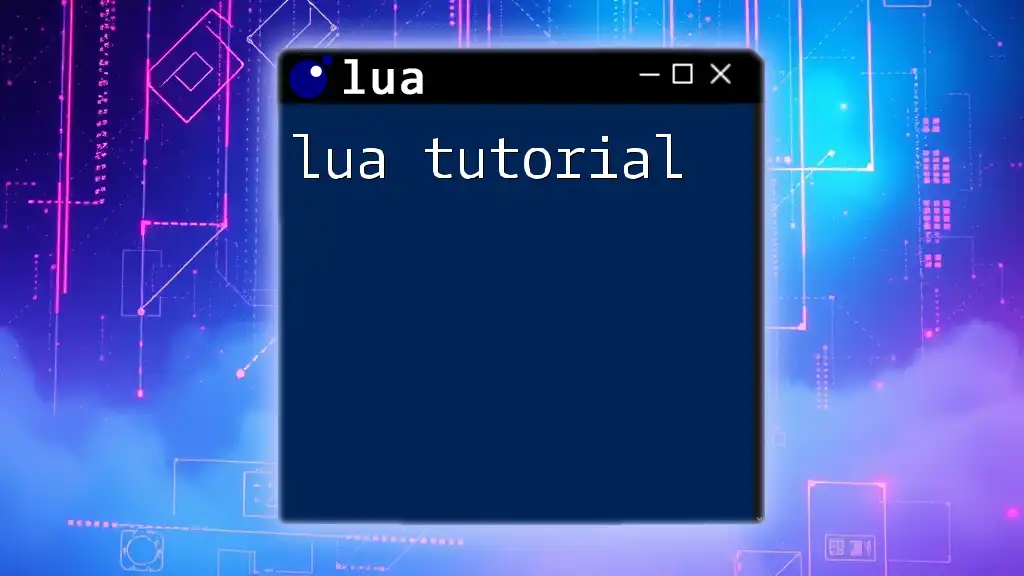The Lua modulo operator (%) returns the remainder of a division between two numbers.
Here’s an example:
local a = 10
local b = 3
local remainder = a % b
print(remainder) -- Output: 1
Understanding the Concept of Modulo
What is Modulo?
The modulo operation, often represented by the symbol `%`, is a mathematical operation that finds the remainder of the division of one number by another. In programming, and specifically in Lua, this operation is crucial for several tasks, such as controlling loops, determining even or odd numbers, and implementing cyclic behavior.
Mathematical Representation
In mathematical terms, the modulo operation can be expressed as:
a % b = r
Where:
- a is the dividend
- b is the divisor
- r is the remainder after dividing `a` by `b`
For example, if you take `5 % 2`, the result is `1` because when you divide 5 by 2, it goes 2 times (which is 4), leaving a remainder of 1.
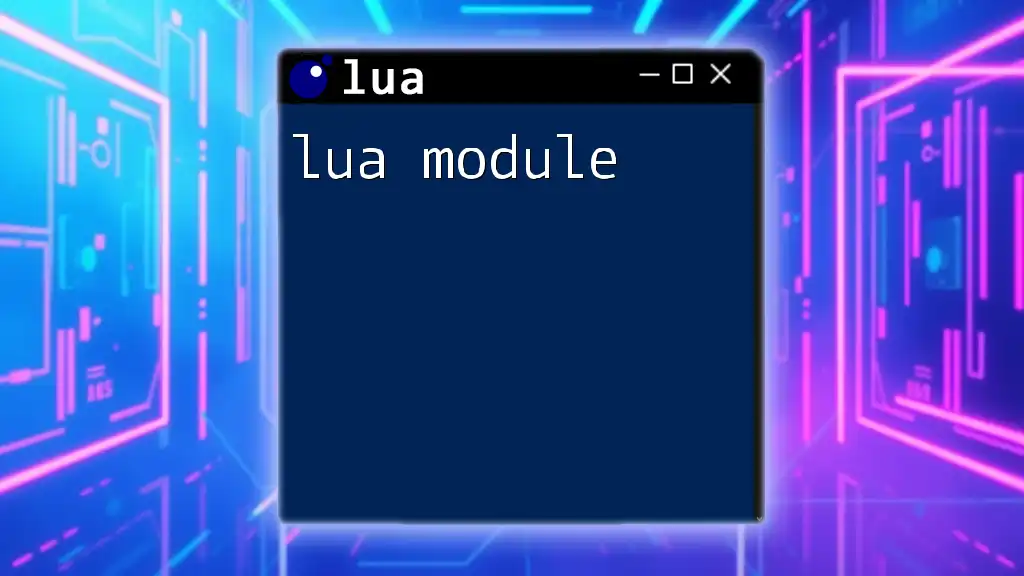
Modulo in Lua
Basic Syntax
In Lua, using the modulo operator is straightforward. The basic syntax involves placing the `%` operator between two numbers.
Here’s a simple example:
local result = 10 % 3
print(result) -- Output: 1
In this example, the variable `result` will hold the value `1`, which is the remainder of `10` divided by `3`.
Practical Use Cases
Checking for Even and Odd Numbers
One common use of the modulo operation is to determine whether a number is even or odd. This is done by checking the remainder when the number is divided by 2. If the remainder is `0`, the number is even; if it is `1`, the number is odd.
Here's how you can implement this logic in Lua:
local number = 7
if number % 2 == 0 then
print(number .. " is even")
else
print(number .. " is odd")
end
In this case, the output will be "7 is odd".
Cyclic Patterns
Another fascinating application of the modulo operator is in handling cyclic patterns, particularly in scenarios like loops or arrays. For instance, you can use modulo to wrap around the index of an array.
Here's a practical example:
local colors = {"red", "green", "blue"}
local index = 5
print(colors[(index - 1) % #colors + 1]) -- Output: "green"
In this example, the index `5` wraps around since our `colors` array has only three elements. The result will be "green" for the fifth position in a cyclic arrangement.
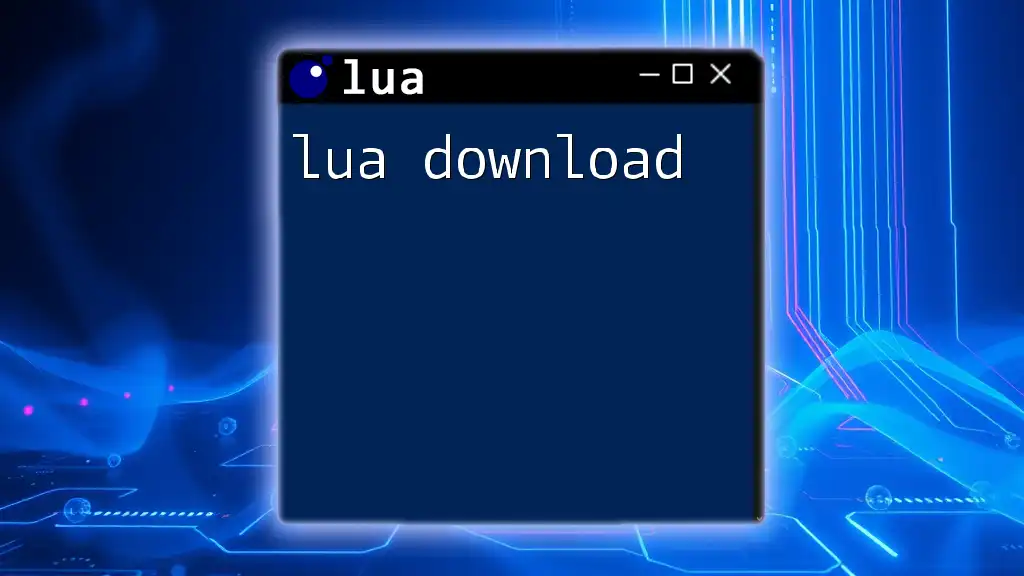
Common Mistakes with Modulo
Negative Numbers
When working with modulo in Lua, it’s essential to remember that the behavior may differ when negative numbers are involved. Unlike some programming languages, Lua's modulo operator works a bit differently when applied to negative dividends.
Take the following example:
local result = -5 % 3
print(result) -- Output: 1
In this case, the modulo operation yields `1`. This is because Lua's modulo operation always returns a non-negative remainder when the divisor is positive.
Dividing by Zero
Another critical point to remember is that attempting to use the modulo operator with zero as the divisor will result in an error. For example:
local result = 5 % 0 -- This will cause an error
This line will cause your Lua program to crash, as division by zero is undefined.

Advanced Applications of Modulo
Hash Functions
The modulo operation plays a significant role in the creation of hash functions, which are crucial in data structures such as hash tables. It helps in distributing data uniformly across a fixed range, allowing for efficient data retrieval.
Here’s a simple hash function using modulo:
function simpleHash(key)
return key % 10
end
print(simpleHash(15)) -- Output: 5
In this function, any integer input will be reduced to a number between `0` and `9`, enabling a simple yet effective method for data categorization.
Game Development
In game development, the modulo operation is handy in managing game loops and score tracking. For instance, you might want to cycle through background colors or keep track of scores that can reset after reaching a certain number.
Take a look at this example:
for i = 1, 10 do
local score = i * 9
print("Score " .. score .. " is at position " .. (score % 5))
end
This script simulates ten score entries, displaying how the positions of those scores wrap around after every five entries.

Conclusion
In summary, the lua modulo operation is an indispensable tool for programmers, particularly when working with numbers. Whether you are determining even or odd values, managing cyclic patterns, or implementing hash functions, understanding how to use the modulo operator effectively will enhance your programming skills.
As you continue your journey learning Lua, practice the examples provided and consider exploring additional exercises to solidify your understanding. Don’t hesitate to share your experiences or questions about using the modulo operation in the comments section!

